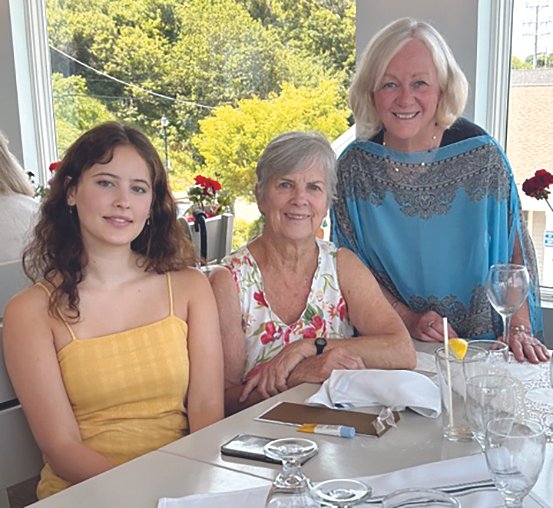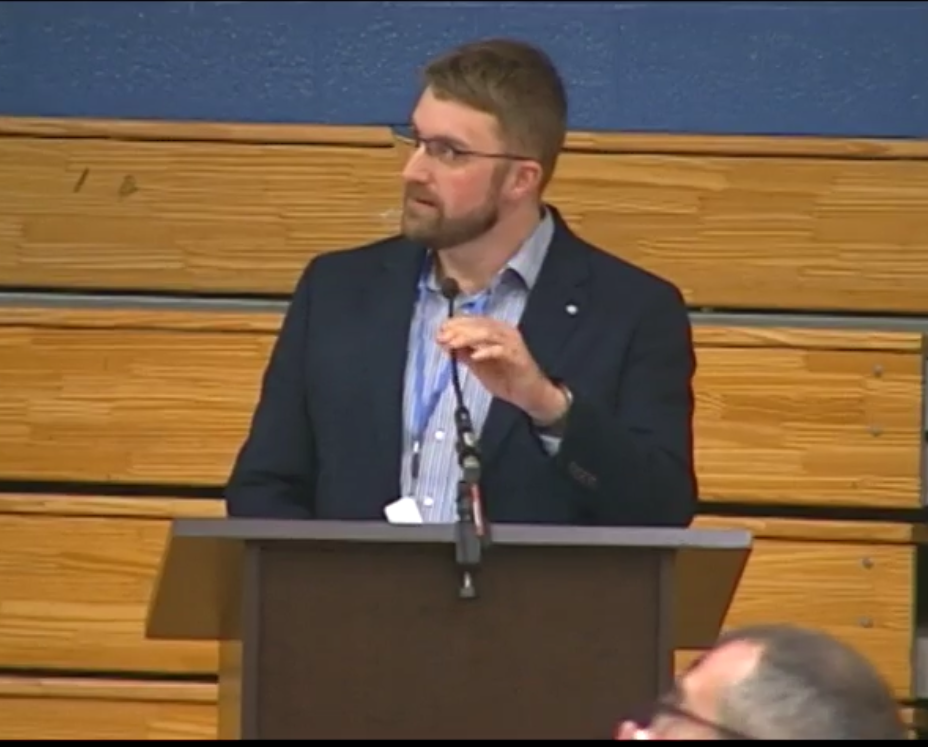'Boston's most famous stripper' bares the naked truth in new memoir
/Former Times photographer turns lens on the Combat Zone’s ‘Wild World’
By Susan Ovans
“Oh, baby, baby, it’s a wild world
And it’s hard to get by just upon a smile
Oh, baby, baby, it’s a wild world
And I’ll always remember you like a child, girl.”
–Cat Stevens, Wild World
When Lucy Johnson turned 18 in 1977, her parents expected their only child to mark her formal entry into high society at a debutante ball, as her mother had before her.
Johnson, however, had no interest in perfecting her curtsy and etching her name in The Social Register in the company of dozens of other young women similarly clad in white gowns, tiaras, and elbow-length gloves.
By the time she was 18, Johnson had shed her Birkenstocks and bellbottoms – in fact, shed all her clothes – and was fast becoming the belle of the ball as Boston’s most celebrated exotic dancer, Princess Cheyenne.
How Johnson navigated her privileged upbringing in Lake Forest, Illinois, and New Canaan, Connecticut, and turned up in Boston’s infamous Combat Zone, where she spent 11 years baring all at the Naked i Cabaret, is the topic of her new memoir.
The book, “Princess Cheyenne, My Life as Boston’s Most Famous Stripper,” hit the streets on Tuesday, the day before its author, former Hull Times photographer Lucy Wightman, celebrated her 66th birthday.
In her memoir, Wightman details her chaotic childhood as the sole child of an ill-fated union between a wealthy young woman determined to comply with social expectations and a Harvard grad Dad who had pedigree but no “real” money, little ambition, and a significant drinking problem.
Little Louise Johnson, who preferred to be called Lucy, was a handful from the start. As was the case with most 1960s kids of her social set, she was expected to be seen but not heard when her parents’ friends came calling. After the social niceties were observed, she was relegated to the kitchen with Roberta, her nanny.
Lucy made good use of her freedom, according to her memoir. “As a child, I learned the fox trot, wore Lilly Pulitzer dresses, and went away to Wyonegonic Summer Camp. I attended the Low-Heywood School for girls before attending public school, where I learned how to sniff glue, among other things. I hitchhiked to bluegrass festivals, listened to Pink Floyd, and took LSD five days out of seven. After two alternative boarding schools, I spent twelve weeks at the Emma Willard School before returning to New Canaan High and, at sixteen, opted out of formal education.
“I moved into a Vermont commune, where I met a divorced, thirty-seven-year-old lawyer and father of four. We saved money from picking apples and making snow at the Killington Ski Resort. Then we traveled cross-country for a year before landing in Boston.”
In between being tossed from Emma Willard for the unpardonable sin of telling the truth as to who supplied alcohol to her friends at a school dance (a teacher) and moving into the aptly named Wander Inn commune, the 16-year-old engineered a meeting with rock star Cat Stevens.
For Lucy, losing her virginity to her idol at the Pierre Hotel in Manhattan was a dream come true. For Stevens, the tryst was just another one-night stand.
A few years later, the singer-songwriter would realize how greatly he’d underestimated the pretty teen he’d first seen offering him a rose at a New Haven concert.
By the time of their second meeting in May 1979, Stevens had morphed into Yusuf Islam, a recent Muslim convert who’d forsaken secular music.
He now uses Yusuf/Cat Stevens as his professional name.
IN THE ZONE: As a performer in Boston’s Combat Zone, Princess Cheyenne was well-known for her costumes by legendary designer Hedy Jo Star. Lucy Wightman’s memoir about her years as ‘Boston’s most famous stripper’ was published this week.
Johnson had a year under her garter belt as the first-ever permanent featured attraction at the Naked i Cabaret, with “Princess Cheyenne” emblazoned across the marquee in red capital letters to complement the club’s animated neon logo: an eye superimposed over a woman’s crotch.
After a year of dancing six nights a week at the Washington Street hotspot, she decided a vacation was in order. The petite blond booked herself a room at the Ritz Hotel in London and took fate by the hand once again, turning up at Yusuf’s office on Curzon Street.
She was not turned away.
“He was dressed in a white robe, his beard to his collarbone…” she writes. “I stepped out of the blackness into the light with nothing to lose. I presented myself, and all that was disordered about my determination [to become reacquainted] calmed. The world had already told me this was possible.
“Oh! There you are, my American girl!” the singer said.
Over the next few weeks, Johnson would learn about Islam, convert to the religion, and change her name to A’isha.
She and Yusuf became engaged, although details of an actual wedding were vague.
She came back to Boston, but did not return to work. He visited her family in Connecticut, ostensibly to ask her parents for permission to wed their daughter.
Her mother was ambivalent.
“The writing’s on the wall,” Ellen Johnson said. “Besides, you can’t marry a man with no sense of humor.”
Frustrated by long phone calls where Yusuf would talk incessantly but say little of consequence, Johnson decided to tell him about her work life, a topic she previously had skirted.
“‘I used to be a stripper,’ I enunciated, this time in a stand-alone sentence,” she writes. “He said he was shocked, but within minutes spoke lovingly. He reiterated vague promises for our future, without plans, and I decided to choose measured anger over helplessness. I told my story to a freelance journalist I’d met, and she sold the story to People magazine.”
“Lucy Was Cat’s Meow but When She Bared Her Soul She Got Scratched,” the magazine headline purred.
In its August 20, 1979 edition, People magazine reporter Nancy McMillan quoted the singer:
“For his part, Stevens (who still uses his stage name) acknowledges that he is looking for a bride, but at the moment Lucy isn’t the one. ‘It would take a long time before she could become a good Muslim wife,’ he says, adding that he is courting a woman in London who fits those requirements.”
A month later, Yusuf married Fauzia Mubarek Ali at the Regent’s Park Mosque in London.
Johnson packed away her prayer rug and long skirts and exchanged her hijab for a bespoke headdress painstakingly concocted from ostrich feathers and lavish beadwork by legendary costume designer Hedy Jo Star.
Princess Cheyenne was ready to resume her throne.
°°°°°
Published by Boston-based Hamilcar Publications, “Princess Cheyenne: My Life as Boston’s Most Famous Stripper,” can be purchased in both print and digital formats online from Amazon or Barnes & Noble.
A wide-ranging interview with author Lucy Wightman will be published in the Times’ sister publication, The South Shore Senior News, in August. Pick up a copy at area newsstands.
Visit www.princesscheyenne.com for more information.
Like what you’re reading? Stay informed and support our work with a Hull Times subscription by clicking here.
Do you have an opinion to share? Click here to write a Letter to the Editor.
© 2025 The Hull Times. All rights reserved.































